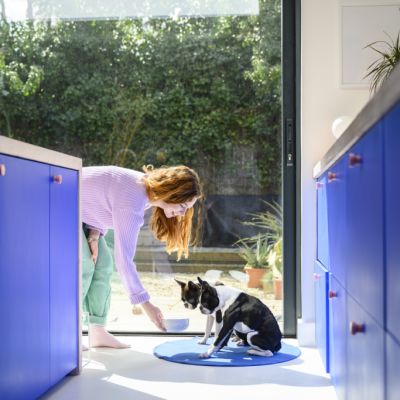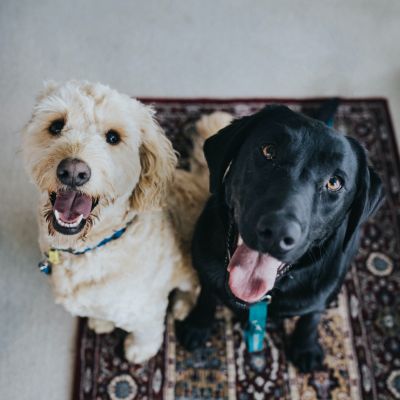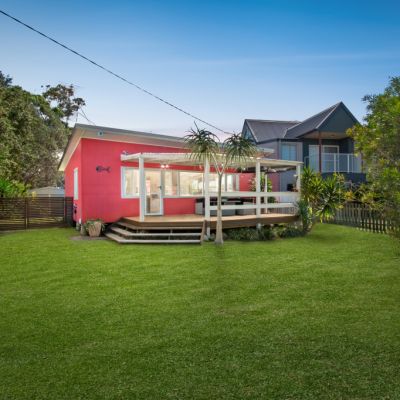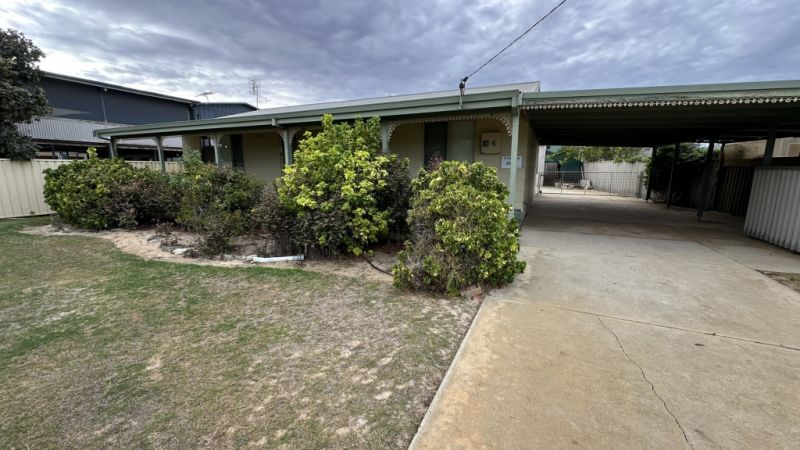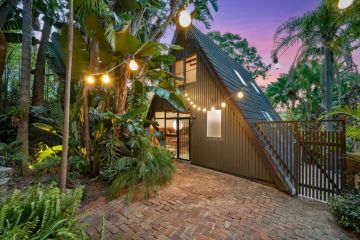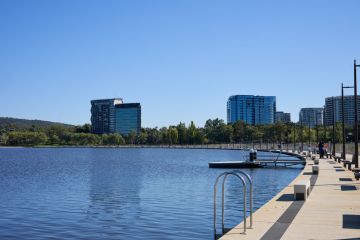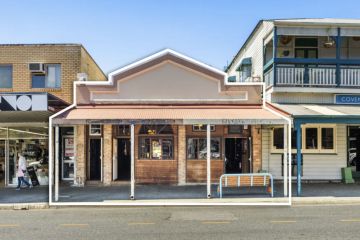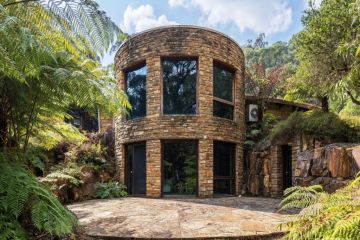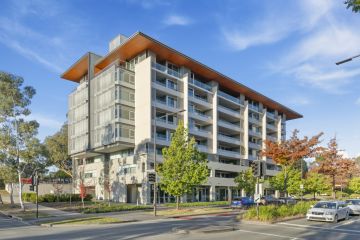Good Boy Goes North: A dog-friendly haven in Jurien Bay
- Owner: Meg Coffey
- Project timeline: May 2024-March 2025
- Most expensive cost: $9000 for the landscaper’s master plan, $3500 water filter, and the plants
- Where you saved the most money: Labour on the front yard – Coffey did most of the soil prep, planting and rock mulching herself
- Most unexpected cost: Replacing the hot water system and installing the water filter
- What you would do differently: “Have more patience! Doing a reno regionally is not easy.”
In a sea of cookie-cutter beach houses and tired holiday shacks, Meg Coffey saw an opportunity to create something different.
Located in the small town of Jurien Bay, Western Australia – home to just 1985 residents – Coffey’s renovated home was never intended to become a short-term rental.
But after a year-long transformation, it’s now a vibrant coastal getaway brimming with personality and a generous dash of Aussie charm.
Coffey’s vision was clear from the beginning. She wasn’t after a sterile Hamptons aesthetic, nor anything that echoed big-city interiors.
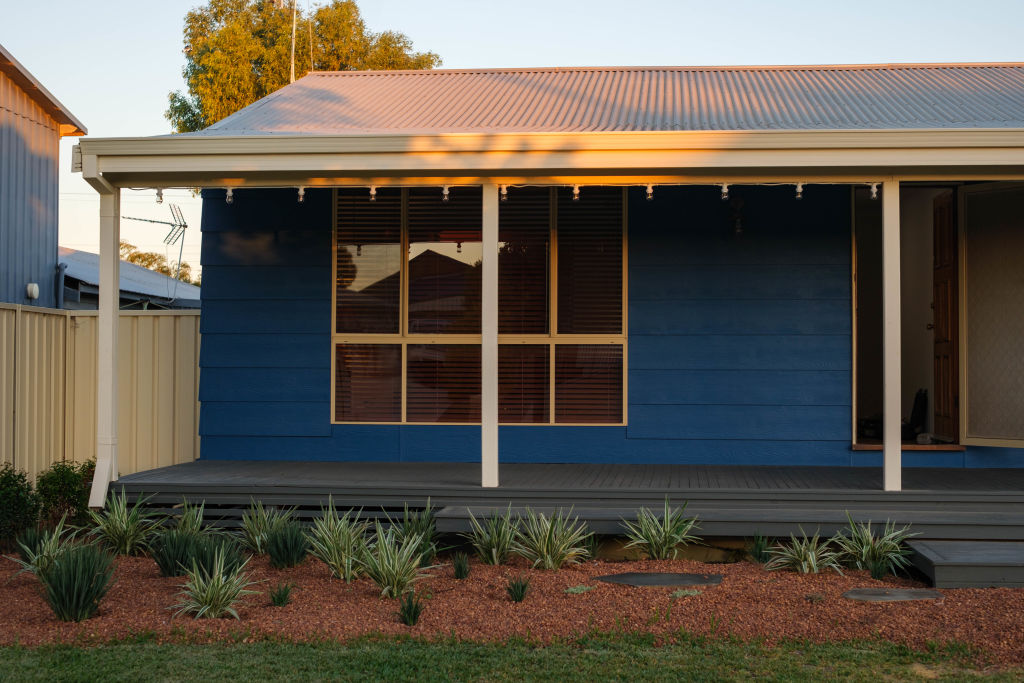
Instead, she set out to craft a nostalgic beach shack that celebrated its roots and would suit adults, couples and their dogs. Fittingly, she named it Good Boy Goes North.
“I wanted to create the ultimate Aussie beach shack for adults and pets only – something classic, colourful and full of character,” Coffey says. “It’s not camp, it’s refined luxury. I didn’t want it to feel like a generic suburb in Perth. I wanted it to feel like a holiday.”
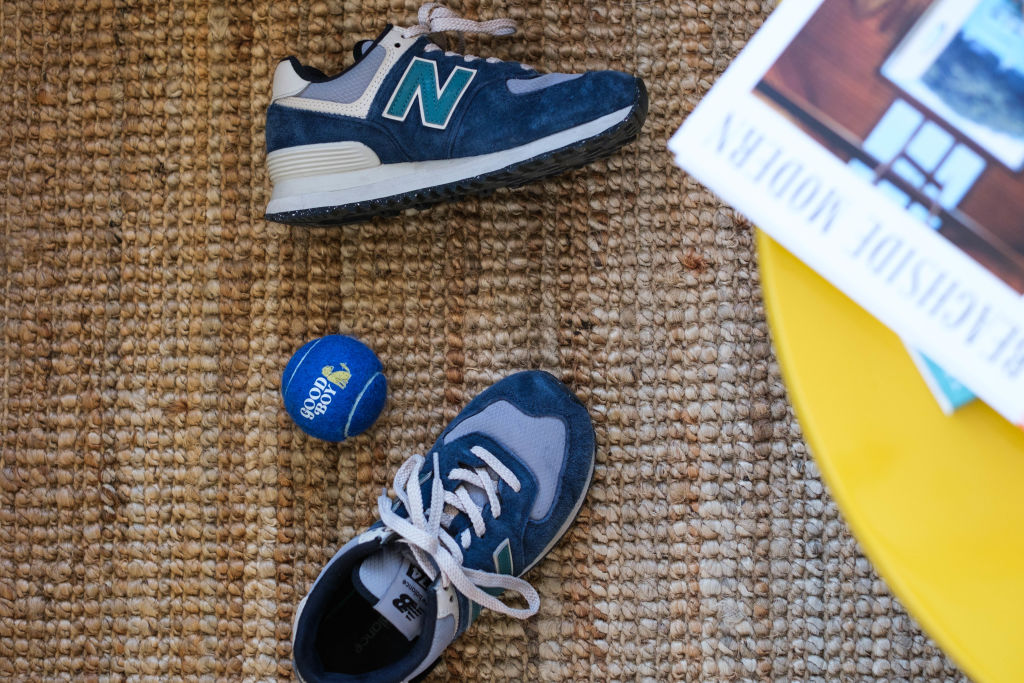
The bones were there, but the house was in rough shape. Original ’80s carpet, mismatched flooring, broken blinds, failing appliances and termite damage were just the start.
Out back, the overgrown garden, dubbed “the snake pit”, made the outdoors feel more treacherous than tranquil.
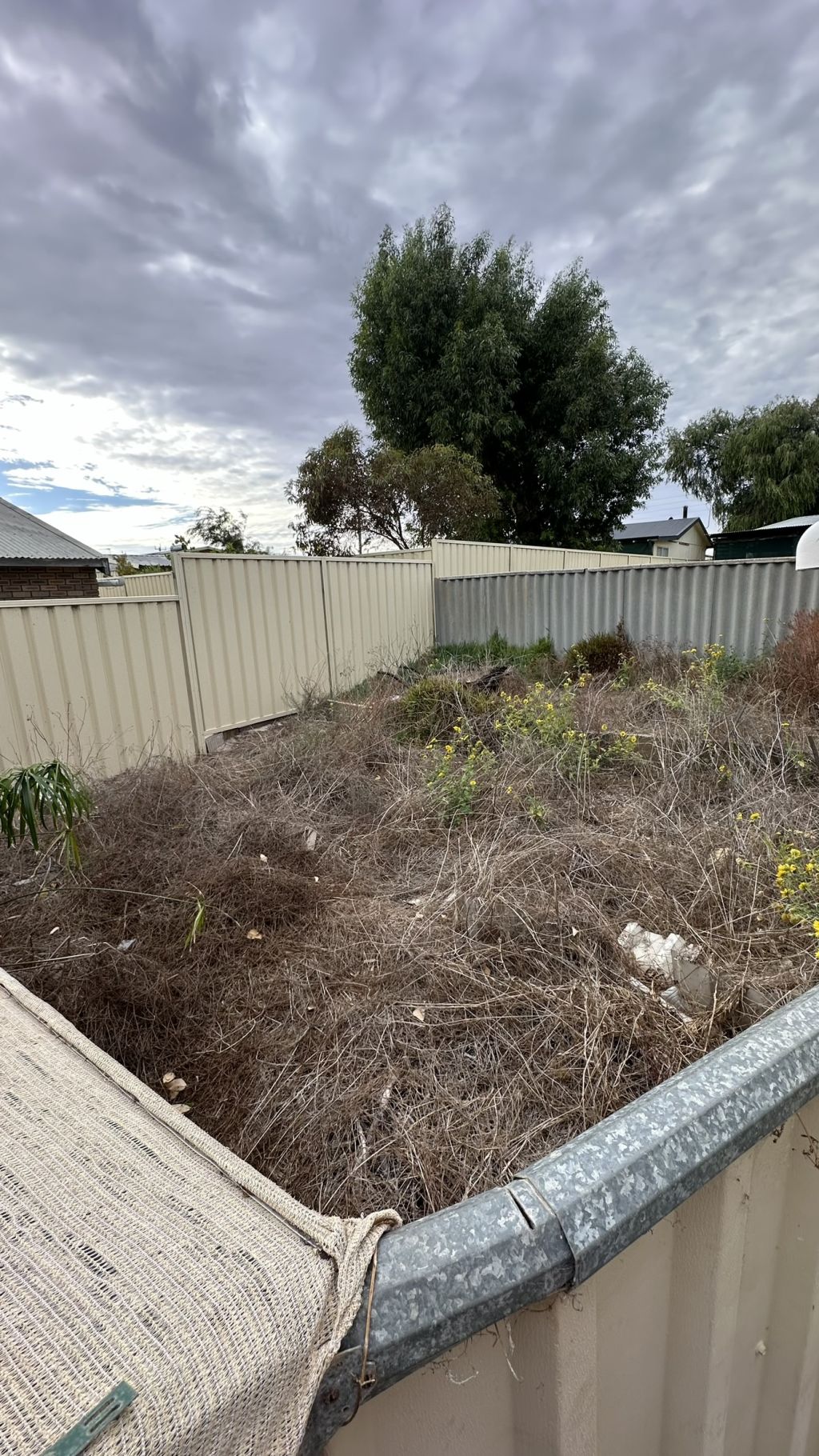
“The kitchen was by far the most challenging,” Coffey says. “No local painters wanted to touch it, so I did it myself.
“I’d never even tightened a cupboard bracket before, but I removed every door, sanded, primed and painted it clove green. Everyone thought I was mad. But it’s mine, and I’m proud of it.”
Drawing inspiration from the 1960s and ’70s, Coffey curated a palette that balanced boldness with comfort. From the home’s blue exterior to cheeky wallpaper accents, every room speaks to her love of layered, distinctly Australian design.
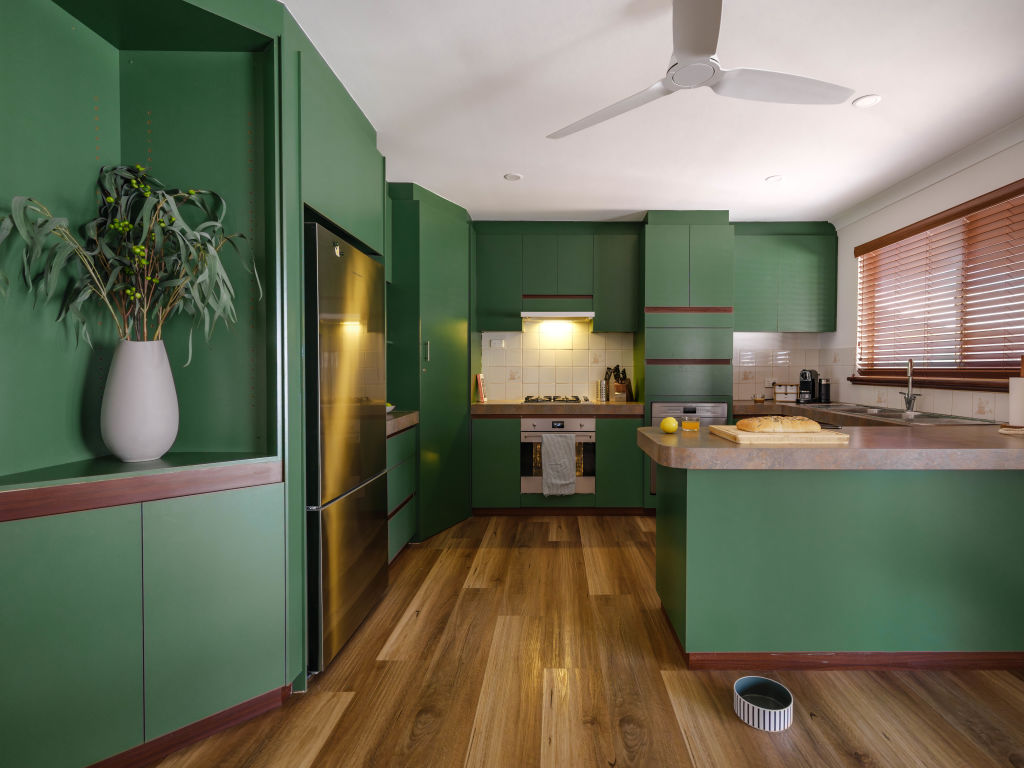
“I sourced pieces from Fenton & Fenton, kept everything within a cohesive colour story, and thought about both form and function,” she says. “The dog wash is one of my favourite additions – it’s discreet, useful and adds charm without feeling fussy.”
Renovating in a regional town came with its own set of challenges.
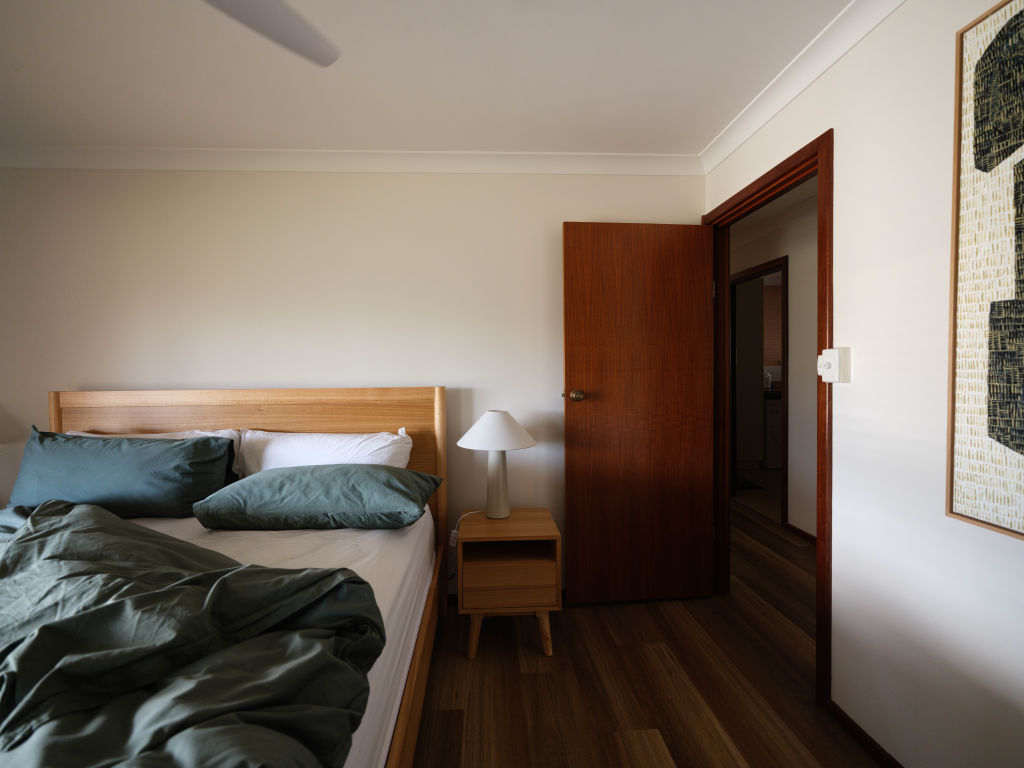
Securing tradespeople for small-scale jobs wasn’t easy, and with no mailbox, even deliveries became unpredictable.
“Regional logistics are their own beast,” she says. “Every delivery was a guessing game. I had to adjust my expectations, chase less and learn to pivot.”
There were budget blowouts too. Removing three truckloads of built-up sand added a surprise expense, as did replacing the hot water system.
Coffey kept costs in check through clever sourcing and plenty of DIY. She leaned on a property services company for help, but took on much of the landscaping and finishing touches herself.
“My advice is to be hands-on, especially in regional areas,” she says. “Progress really only happens when you’re physically on site.
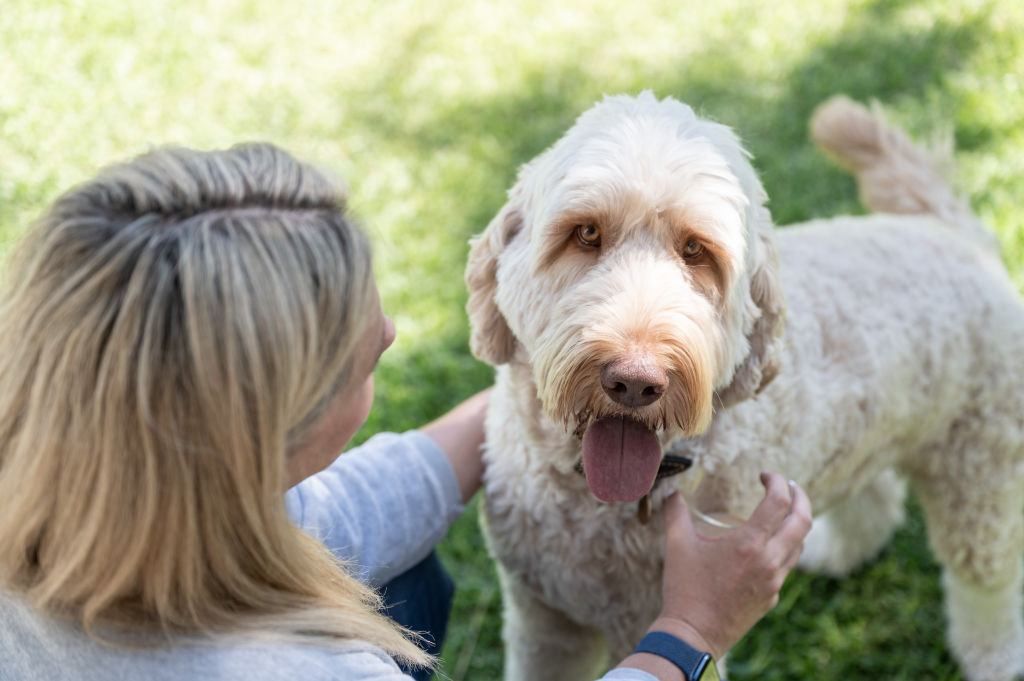
“I spent the summer living there to get things done, and while it’s now a short-term rental, the plan is for it to become my retirement home one day.
“It’s been a huge effort, but one that’s paid off in every way.”
We recommend
States
Capital Cities
Capital Cities - Rentals
Popular Areas
Allhomes
More
- © 2025, CoStar Group Inc.
